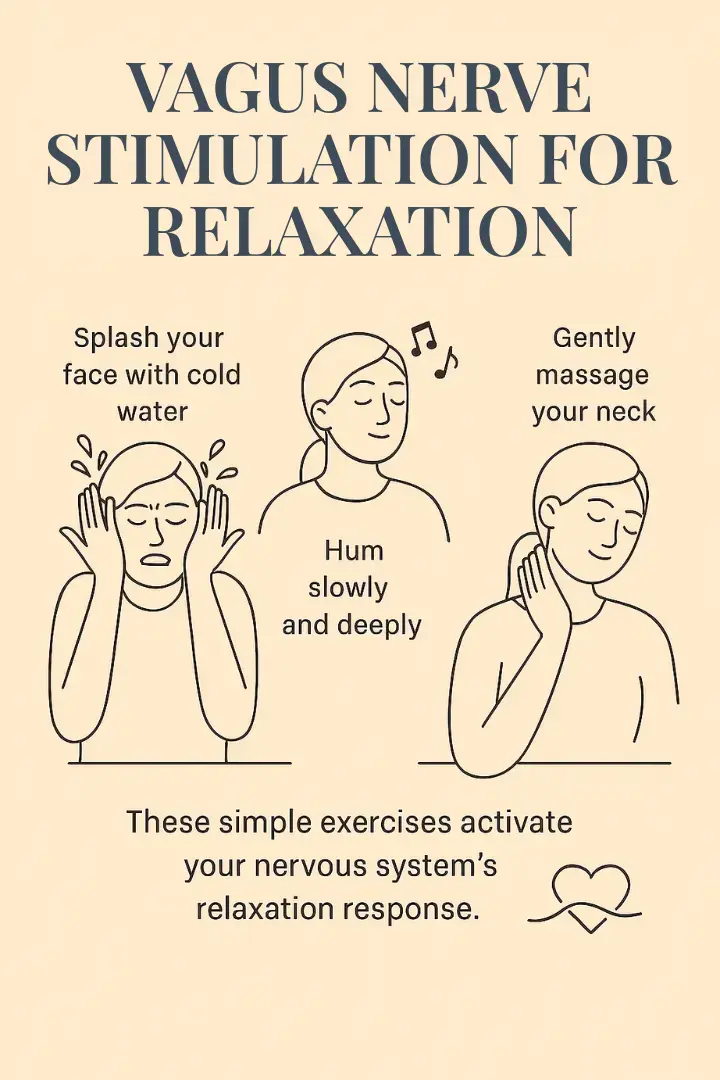Bilateral Stimulation for Anxiety: Calm Your Brain with Rhythm
- Kai Bailin

- Apr 26
- 2 min read
When anxiety hits, your thoughts race, your heart pounds, and your body braces for danger. But sometimes, the most effective relief isn’t thinking your way out — it’s rhythmically engaging both sides of your body. This is where bilateral stimulation comes in.
Used in therapies like EMDR (Eye Movement Desensitization and Reprocessing), bilateral stimulation for anxiety is a gentle technique that helps calm your nervous system by stimulating both sides of your body in an alternating pattern.

What Is Bilateral Stimulation?
Bilateral stimulation (BLS) means activating the left and right sides of your brain through rhythmic, alternating movement or touch. It can include:
Side-to-side eye movements
Tapping your shoulders or knees in a left-right pattern
Alternating foot presses
It may sound simple, but research shows it helps synchronize brain activity, regulate emotion, and reduce stress and trauma responses.
Why It Works
BLS helps shift your nervous system out of high-alert mode by calming the amygdala (the fear center) and re-engaging the logical brain. Therapists use it in trauma therapy because it mimics the brain’s natural processing during REM sleep — when we consolidate memories and emotions.
For self-care, bilateral stimulation can:
Lower anxiety and panic symptoms
Improve emotional regulation
Reconnect you to your body
How to Use Bilateral Stimulation to Reduce Anxiety
Here are three self-soothing techniques you can use anytime you feel overwhelmed:
1. Butterfly Hug
Cross your arms over your chest and place your hands on your shoulders. Tap gently, alternating left and right. Breathe slowly. Do this for 30–60 seconds.
2. Knee or Thigh Tapping
Sit down and tap your right hand on your right leg, then your left hand on your left leg. Keep the rhythm going for 1–2 minutes.
3. Foot Pressing
If tapping isn’t an option, press your feet into the floor one at a time, slowly and rhythmically. This works well under a desk or in a meeting.
These methods are subtle, accessible, and easy to practice in everyday situations.
When to Use It
During moments of high anxiety
Before a stressful event (presentation, phone call)
After a triggering memory or conversation
To reset between tasks
Final Thought
Bilateral stimulation for anxiety is like a built-in metronome for your nervous system. When your mind is scattered or stuck, this rhythmic movement helps bring it back into balance.
It’s not about forcing yourself to calm down — it’s about gently guiding your body and brain to find their natural rhythm of regulation.
Read more in the series: 7 Ways to Calm an Overactive Nervous System →




Comments